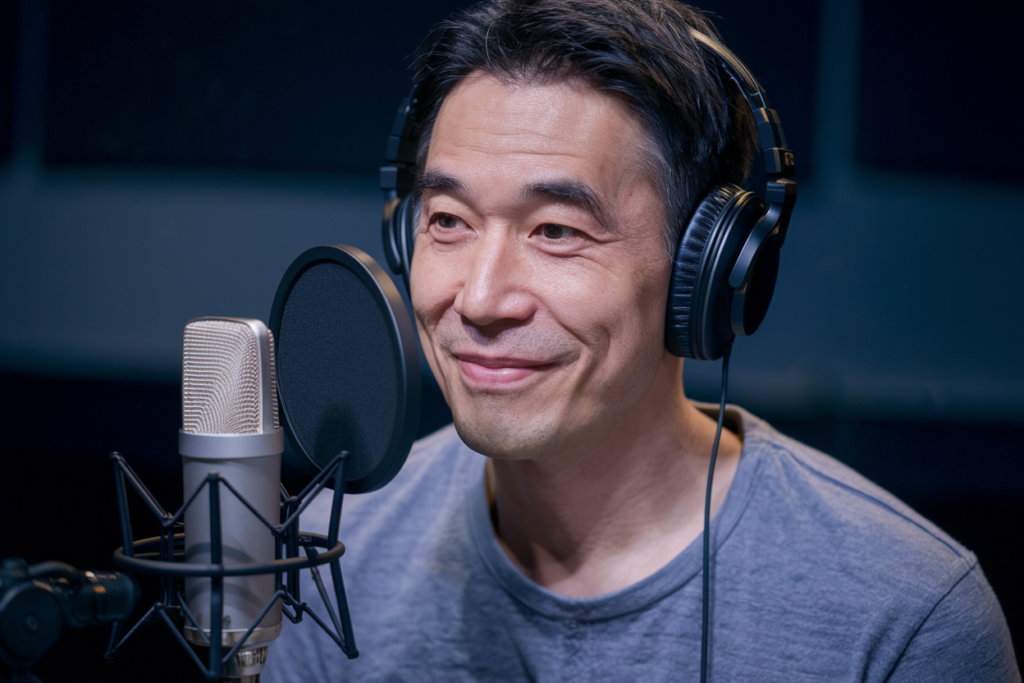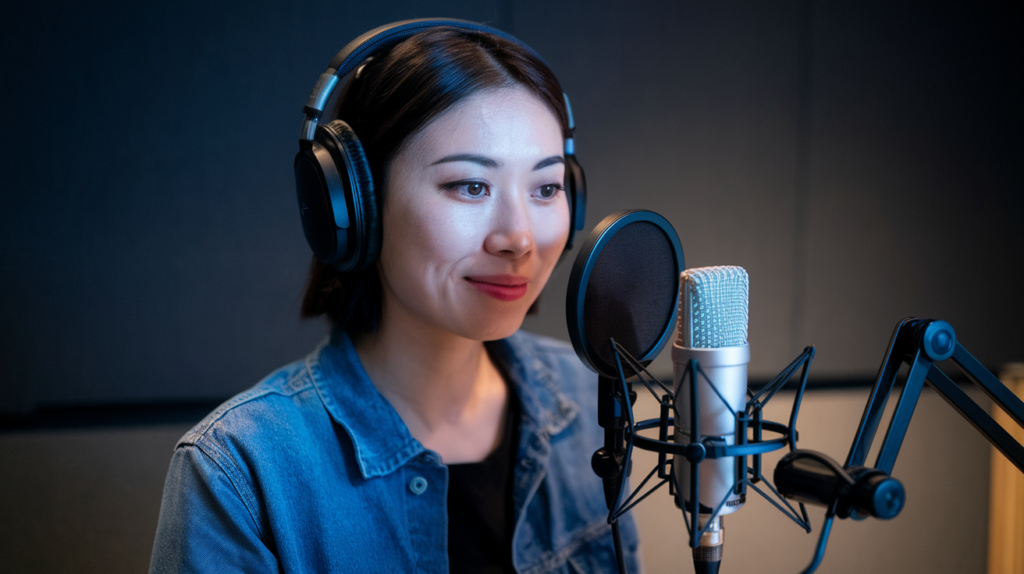Key Takeaways
- Tokyo Japanese as the Standard: Tokyo Japanese is often viewed as the benchmark for proper Japanese, characterized by clear pronunciation and formal grammar structures.
- Pronunciation Clarity: This dialect features distinct vowel sounds and articulation, making communication more straightforward compared to softer regional pronunciations.
- Vocabulary Variations: Different regions use unique terms (e.g., “arigatou” in Tokyo vs. “ookini” in Osaka), which can lead to misunderstandings if unfamiliar with regional differences.
- Cultural Reflection: Regional dialects like Kansai and Hokkaido convey local customs and cultural nuances, showcasing Japan’s rich linguistic diversity.
- Impact of Media and History: Modern media influences language evolution while historical events shape vocabulary choices across different areas, enhancing appreciation for Japan’s language landscape.
- Language Learning Implications: Understanding both Tokyo Japanese and regional dialects enriches language learning, enhances communication skills, and fosters cultural insights.
Ever wondered why Tokyo Japanese sounds so different from the dialects in other regions? You’re not alone. The distinctions between Tokyo’s way of speaking and that of places like Osaka or Hokkaido can be fascinating yet puzzling.
Tokyo Japanese often sets the standard for what many consider “proper” Japanese, but regional dialects bring their own unique flair and expressions. Understanding these differences isn’t just about language; it’s a window into Japan’s diverse culture and history. So whether you’re planning a trip to Japan or just curious about its linguistic landscape, diving into these contrasts will enrich your appreciation for this beautiful country.
Overview of Tokyo Japanese
Tokyo Japanese, often considered the standard form of the language, serves as a linguistic benchmark across Japan. This dialect features distinct pronunciation, vocabulary, and grammar that set it apart from regional variations, such as Osaka or Hokkaido dialects.
Pronunciation in Tokyo Japanese tends to be clearer and more precise. For example, vowel sounds are articulated distinctly. In contrast, other regions might have softer pronunciations or unique intonations that reflect local culture.
Vocabulary differences can also lead to confusion for those unfamiliar with regional terms. While Tokyo speakers frequently use terms like “arigatou” (thank you), someone from Osaka might opt for “ookini,” showcasing how expressions vary significantly across areas.
Grammar structures in Tokyo Japanese align closely with formal written Japanese. You’ll notice this especially in business communications where adhering to standard forms is crucial. Regional dialects may introduce informal structures that can sound casual or even playful.
Understanding these nuances enhances your appreciation of Japan’s rich linguistic landscape. Engaging with Tokyo Japanese opens doors to broader conversations about culture and history while providing insight into the country’s diverse ways of expression.
Characteristics of Tokyo Japanese
Tokyo Japanese stands out due to its unique features. These characteristics include distinct pronunciation, specific vocabulary choices, and a structured grammar that reflects formal usage.
Pronunciation Differences
Pronunciation in Tokyo Japanese tends to be clearer than in many regional dialects. Vowel sounds are sharply articulated, making it easier for listeners to distinguish words. For example, the “u” sound is pronounced more clearly in Tokyo than in some other areas where it might blend into nearby sounds. This clarity helps ensure effective communication, especially important in professional settings or when engaging with diverse audiences.
Vocabulary Variations
Tokyo Japanese uses specific vocabulary that can differ significantly from regional terms. For instance, while “arigatou” is standard for saying thank you in Tokyo, regions like Osaka may prefer “ookini.” Such differences can lead to misunderstandings among speakers from various backgrounds if they aren’t familiar with these nuances. Additionally, certain expressions might carry distinct cultural connotations that reflect the local community’s values and traditions. Understanding these variations not only enhances your grasp of the language but also enriches your appreciation of Japan’s cultural diversity.
Regional Dialects Across Japan
Japan’s linguistic landscape is rich with diverse regional dialects, each offering a unique perspective on the country’s culture and history. Understanding these variations deepens your appreciation of Japanese society.
Kansai Dialect
Kansai dialect, especially prominent in cities like Osaka and Kyoto, stands out due to its distinct intonation and vocabulary. You might notice that the pronunciation is often more relaxed compared to Tokyo Japanese. For example, while you’d say “arigatou” (thank you) in Tokyo, locals in Osaka might use “ookini.” The playful nature of Kansai dialect reflects the region’s vibrant personality. Humor plays a significant role here; comedic expressions are common and can make conversations feel lively. If you’re engaging with locals from this area, expect them to appreciate wit and banter during interactions.
Hokkaido Dialect
Hokkaido dialect showcases unique characteristics influenced by the indigenous Ainu language and various migrants settling in the region. You’ll find vocabularies that differ significantly from standard Japanese; for instance, “naku” (to cry) transforms into “naiteiru” in everyday conversation here. Pronunciation may also shift noticeably—vowels can sound softer or slightly elongated, making it distinctively different from both Tokyo and Kansai variants. Engaging with speakers from Hokkaido offers insights into their local customs and traditions tied closely to their speech patterns.
Exploring these regional dialects not only enhances your understanding of Japan’s linguistic diversity but also enriches your experience as you connect with people across different areas of the country.
Cultural Influences on Language
Cultural influences shape language in profound ways. Tokyo Japanese, often seen as the standard, reflects urban life and globalization. In contrast, regional dialects like Kansai or Hokkaido showcase local customs and traditions.
Media and Pop Culture
Media plays a significant role in shaping modern language. Voiceovers in television shows and films contribute to popularizing specific phrases or styles of speaking. When you hear a character with a distinct accent or catchphrase, it can influence how audiences perceive that dialect. The portrayal of various regions through voice talent helps highlight unique aspects of their culture while promoting understanding among viewers.
Voiceover artists bring characters to life by capturing the essence of different dialects, enriching narratives with authenticity. This exposure encourages people to embrace linguistic diversity rather than view it as merely an obstacle to communication.
Historical Context
Historical events also deeply impact language development. Over centuries, migration patterns have introduced new expressions into regional dialects. For example, interactions between indigenous groups and settlers influenced vocabulary choices in areas like Hokkaido.
Understanding this historical context provides insight into why certain terms may carry different meanings across regions. As you explore these variations, you’ll appreciate the rich tapestry woven through Japan’s history that continues to shape its languages today.
By recognizing both media influences and historical factors, you gain a clearer picture of how Tokyo Japanese and regional dialects coalesce into one vibrant linguistic landscape.
Implications for Language Learning
Understanding the distinctions between Tokyo Japanese and regional dialects influences your approach to language learning. When you focus on Tokyo Japanese, you gain a foundation in what many consider the standard form of the language. This clarity aids comprehension, especially in formal settings like business or academia.
Regional dialects introduce unique vocabulary and pronunciation that can enrich your learning experience. You may encounter terms like “ookini” in Osaka, which differs from “arigatou” in Tokyo. Familiarizing yourself with these variations enhances communication skills and deepens cultural appreciation.
Pronunciation is another critical factor. The distinct vowel sounds in Tokyo Japanese differ from softer pronunciations found in regions such as Kansai or Hokkaido. Practicing these nuances equips you with versatile speaking abilities, allowing smoother interactions across various contexts.
Engaging with media also plays a significant role in mastering language skills. Consuming content featuring voiceovers from different regions exposes you to authentic expressions and local customs. Think about how voice actors bring characters to life through their unique linguistic styles—this illustrates the rich tapestry of Japan’s languages.
Incorporating both standard and regional forms into your study routine fosters adaptability. You’ll navigate conversations more effectively by recognizing subtle differences while still grasping core concepts of the language.
So, whether you’re drawn to the structured elegance of Tokyo Japanese or intrigued by regional quirks, embracing this diversity enhances both fluency and cultural insight during your language-learning journey.
Conclusion
Embracing the differences between Tokyo Japanese and regional dialects enriches your understanding of Japan’s linguistic landscape. Each dialect offers a glimpse into local customs and traditions, reflecting the culture’s vibrant diversity. By familiarizing yourself with these variations, you’ll not only enhance your language skills but also deepen your appreciation for Japan’s rich heritage.
Whether you’re navigating conversations in Tokyo or exploring other regions, recognizing these nuances will elevate your experience. Engaging with both standard and regional forms allows you to connect more authentically with locals, making each interaction memorable. Dive into this fascinating world of language and culture as you embark on your journey through Japan.
Frequently Asked Questions
What is the main difference between Tokyo Japanese and regional dialects?
Tokyo Japanese is often considered the standard form of Japanese, featuring clearer pronunciation, specific vocabulary, and structured grammar. In contrast, regional dialects like those from Osaka or Hokkaido have unique expressions, softer pronunciations, and different vocabulary that reflect local culture.
Why is Tokyo Japanese seen as the “proper” Japanese?
Tokyo Japanese serves as the linguistic standard due to its use in formal settings such as business and media. Its clear articulation and alignment with written language make it easier for learners and speakers to communicate effectively.
How do regional dialects enhance cultural understanding?
Regional dialects offer insights into local customs, traditions, and humor. By exploring these variations, one can appreciate Japan’s diverse culture more deeply than through standard Tokyo Japanese alone.
What role does media play in shaping language in Japan?
Media influences language by popularizing certain phrases and dialects through television shows and films. This exposure helps maintain authenticity while also blending various linguistic elements into everyday communication.
How can learning both Tokyo Japanese and regional dialects benefit learners?
Studying both forms enriches comprehension and fluency. Understanding Tokyo Japanese provides a solid foundation for formal situations, while engaging with regional dialects enhances vocabulary knowledge and cultural appreciation essential for effective communication.







